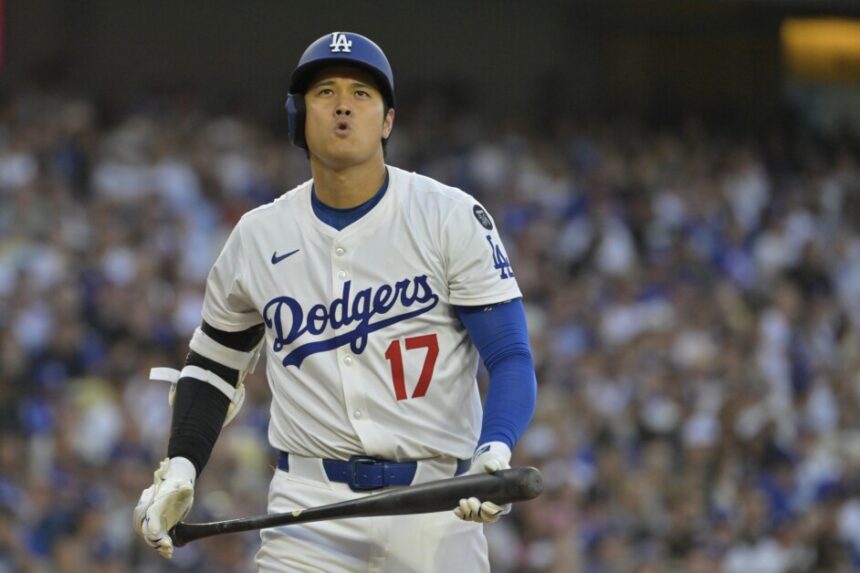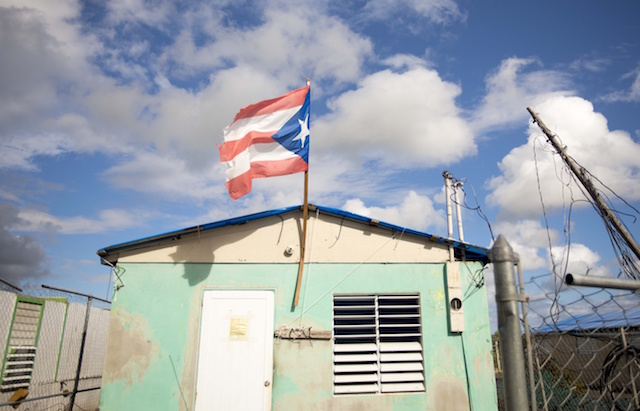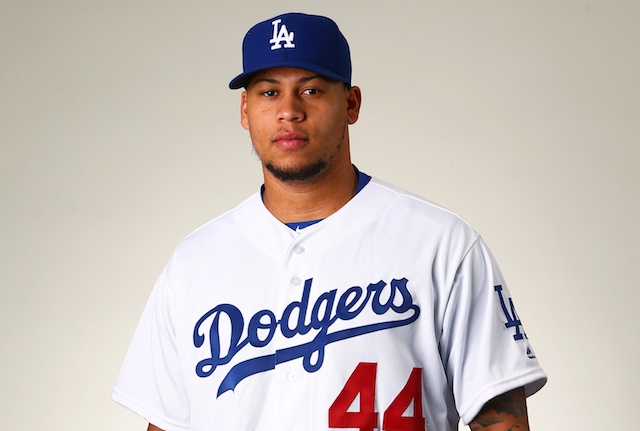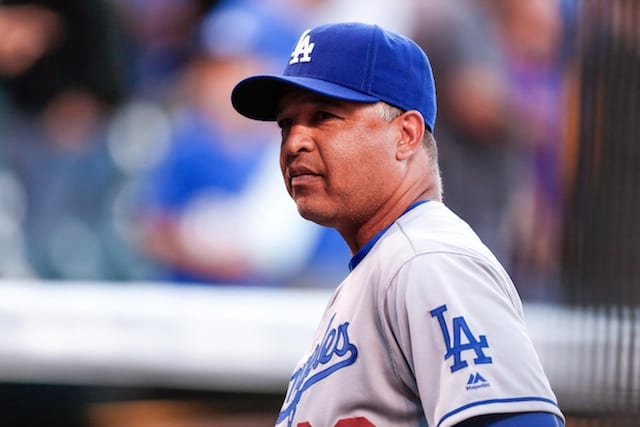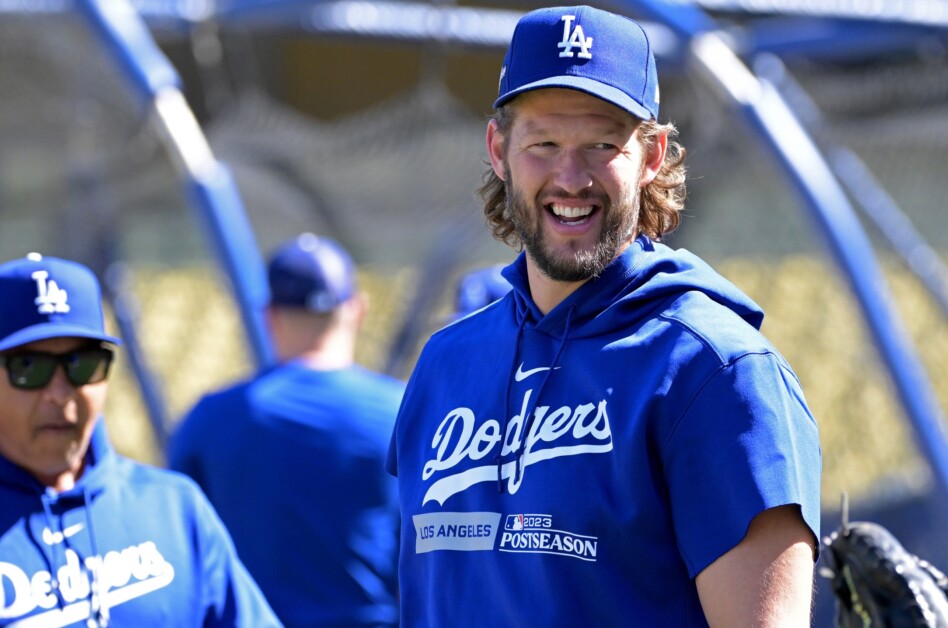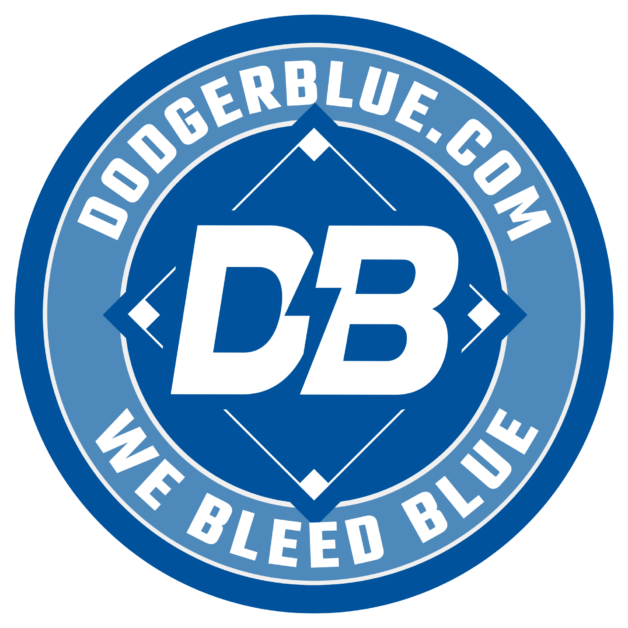On July 4th, as the Astros put up 18 runs at Dodger Stadium, Orel Hershiser’s mind naturally drifted back to 2017—a year that resonates deeply with Dodger fans. That World Series remains one of the most controversial in baseball history, and for Los Angeles, the Astros’ sign-stealing scandal will always feel personal. But this current Dodgers team is built for the present and the future, not for reliving old wounds.
The Dodgers: Powerhouse On and Off the Field
Let’s be clear: the Dodgers are not just a great baseball team but a force that shapes the entire sport. Their offseason moves didn’t just make headlines; they changed how oddsmakers and fans approach every game. Since the spending spree, online betting platforms have treated L.A. games differently. For example, in their July 9 matchup at Milwaukee, Los Angeles is a clear favorite at around –160 moneyline and –1.5 run-line at +105. Futures don’t lie either: the Dodgers are +225 to win the 2025 World Series and –1100 to lead MLB in wins.
These odds tell a story. Parlays with the Dodgers attract volume. Lines are tighter. Underdog spreads shrink. Sportsbooks respond with perks for punters: risk-free first bets, odds boosts on run lines, prop bet bundles, and loyalty promotions like deposit matches, enhanced parlays, and early cash-out options. These benefits sweeten the experience and funnel more action on L.A. games, reinforcing how the roster’s structure moves markets. In noted breakdowns by Card Player, betting behavior around the Dodgers makes clear: this is more than baseball, it’s a market phenomenon.
The Ohtani Structure Made It Possible
Shohei Ohtani’s $700 million deal became the financial anchor for the Dodgers to build this team. But it wasn’t the total value that mattered—the structure. Of the $700 million, $680 million is deferred. That number alone explains the 2025 Dodgers better than any stat sheet.
The contract gave the Dodgers flexibility that no other club could match. With Ohtani’s salary off the books in the short term, they went out and signed Yoshinobu Yamamoto, traded for Tyler Glasnow, and added Teoscar Hernández. The top of the lineup, the top of the rotation, and the league’s most complete designated hitter were all assembled in one winter. Not through trades. Not through player development. Just money, delayed and redistributed.
It’s legal. It’s smart. It’s also not replicable for most clubs. No small-market team can commit to paying $680 million in the 2030s. The Dodgers can, and did.
Playing by the Rules—And Pushing the Game Forward
The Houston Astros broke the rules in 2017, and the Dodgers didn’t. However, how this team was built pushes against the edge of what MLB’s competitive balance model is supposed to prevent.
The luxury tax system exists to discourage excessive payroll stacking. But there’s no real mechanism to block deferred money on this scale. Ohtani will make just $2 million this season. The team’s most valuable player, arguably the sport’s biggest star, functionally plays for free in 2025. That’s not a loophole. It’s a chasm.
Critics of the Astros have always leaned on the idea that baseball has an ethical code, even if not every rule is written down. But the same logic applies here. No one is saying the Dodgers cheated. But the claim that this is unfair, or that other teams had a realistic path to do the same, doesn’t hold up. The Dodgers have mastered the system better than anyone else.
A Tough Night Doesn’t Define a Season
Yes, July 4th was a rough game. But one night doesn’t erase what this team has accomplished or is capable of. The Dodgers were built to win, and they have. This is a club that embraces high expectations and faces every challenge head-on. Every team has tough losses, but the Dodgers have repeatedly shown that they bounce back stronger.
If the Dodgers had pulled out a gritty win, maybe the commentary would have hit differently. Instead, it looked like an attempt to rewrite what was unfolding live. The problem is that this team was built to erase excuses. With this payroll and this roster, they aren’t supposed to lose 18–4 at home to anyone. But that’s baseball—unpredictable, humbling, and always offering a chance for redemption.
The Dodgers Lead, Others Follow
Other teams are watching the Dodgers closely—not out of resentment, but out of respect. The Ohtani contract isn’t just an accounting move; it’s a signal of ambition and a willingness to innovate. The Dodgers aren’t just following trends—they’re setting them. And while some may grumble about fairness, the reality is that the Dodgers have found a way to excel within the rules and keep the spirit of competition alive.
There’s no outrage among players. This isn’t 2017. No one’s talking about vacated titles or commissioner’s statements. But there’s a growing awareness that the Dodgers are operating on terms that don’t apply to the rest of the league. And when those terms are used to claim superiority over another team’s scandal from almost a decade ago, the reaction isn’t outrage. It’s eye-rolling. The Dodgers have moved on, and so has the league.
2017 Is History—The Future Is Blue
The pain of 2017 lingers, but this Dodgers team is built for today. They’re not underdogs anymore—they’re the standard. With a roster full of stars and a front office always thinking ahead, the Dodgers have moved beyond old narratives. They’ve earned their place at the top, and they’re not looking back.
Embracing the Challenge
The Dodgers’ journey is about more than one game, season, or contract. It’s about a relentless pursuit of excellence, a commitment to their fans, and a willingness to do what it takes to win. That’s the Dodger way—resilient, innovative, and always aiming higher. No matter the outcome of a single game, the Dodgers remain a beacon for what’s possible in baseball. Blue Heaven on Earth, indeed.



